Dancing of North-American Indians after buffalo hunting....
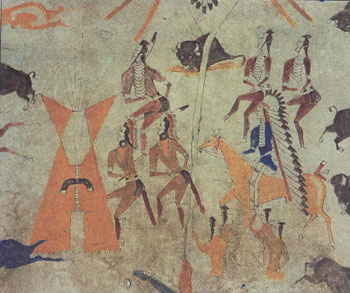
After a successful buffalo hunting. Painting on hide.White armbands above the elbow. Photo Mother Earth. Myth and Mankind. Time-Life 1999.
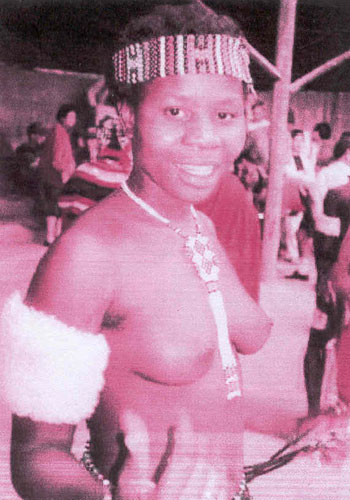
Beads for the neck and the head and armband.
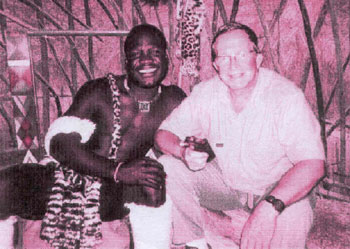
Zulu for Tourists. Photo Internet.
The origin of the Ballet dance. Fringes around the arm..... It is unbelievable that the dance in general started as war dance to celebrate a victory.
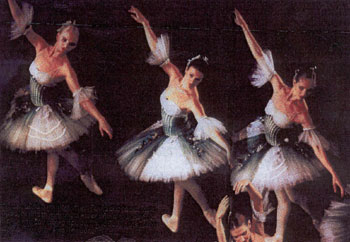
Marinski-Kiroff Ballet Theater since 1860. St.Petersgrad. Short skirts and fringes around the arm like the Zulu.
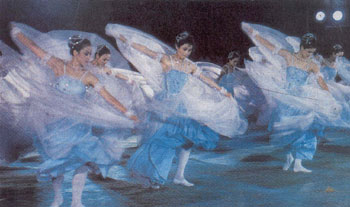
China. The girl dancers have bands around the arm. "streams , rivers, and seas" , woman's group dance performed by the people's liberation army art institute, the song and dance ensemble of the air force political department ,and the qianwei song and dance ensemble of the jinan military command .
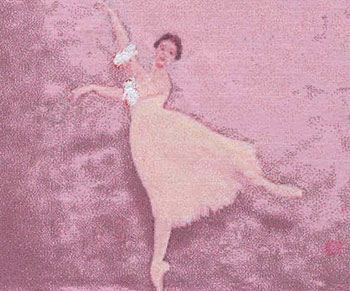
Alina Cojocaru: Fringes around the arm. Photo Internet.
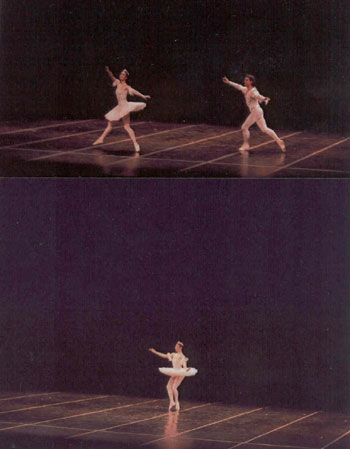
Christmas 2003. The Kiroff Ballet Theater in Athens. In a duet the girl held a fan. Photo Theresa Mitsopouiou.
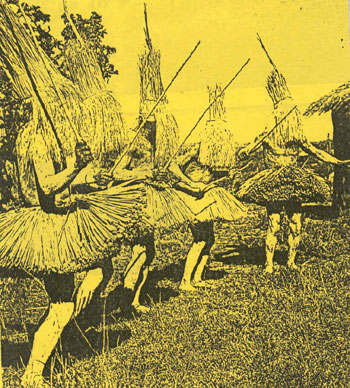
The Zulu during initiation rites disguised themselves in grass outfits and proceeded around giving exhibitions of their dancing. The outfits of palm leaves are heavy (the skirt alone weighs 12,5 kilos). The skirts stay open and remind very much the Ballet dance skirts.
The dragon columns of the Zulus and of the Taiwanese aborigines.....
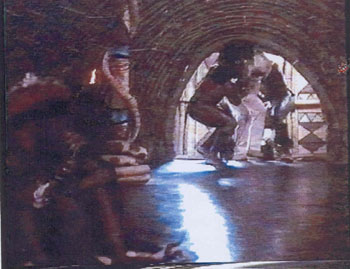
Inside the hut of Shaka a coiled snake around the wooden column like on the Chinese dragon columns.
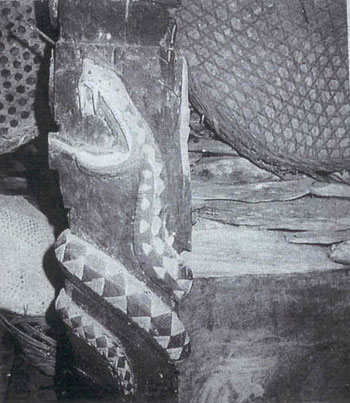
Central column in a Paiwan house. Sandivillage (Pingdong), Taiwan.
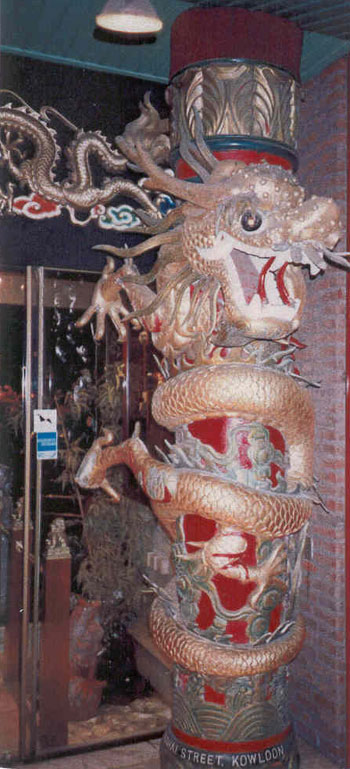
Dragon column in a restaurant in Singapore.
"And the Lord said into Moses, what is that in thine hand? And he said a rod. And he said, cast it on the ground, and he casted on the ground, and it became a serpent. (Exodus, ch.4,7).
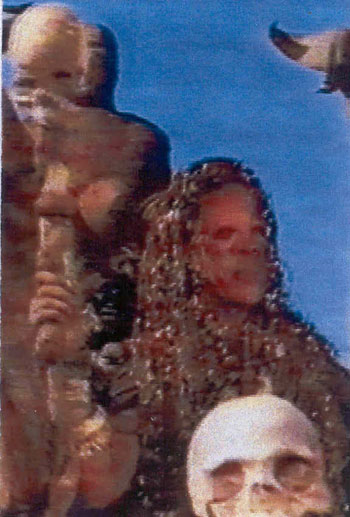
The walking stick of the witch Sitagi (she had prophesized the future of Shaka) had a snake coiled around and on top the skull of an enemy King.
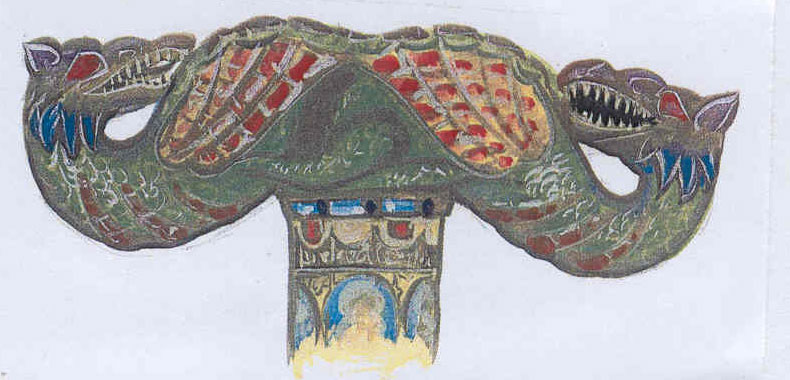
Top of a Bishop's staff surmounted by two two antithetic snakes. The central decoration in red suggests feathers (winged snake). Drawing.
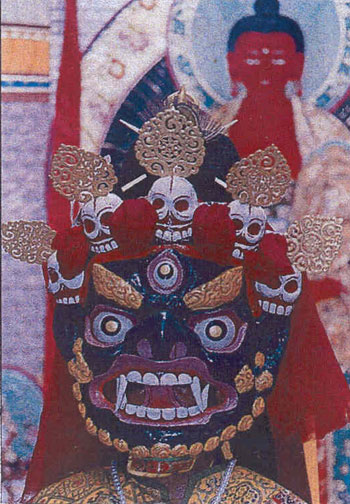
Tibetan mask with skulls.
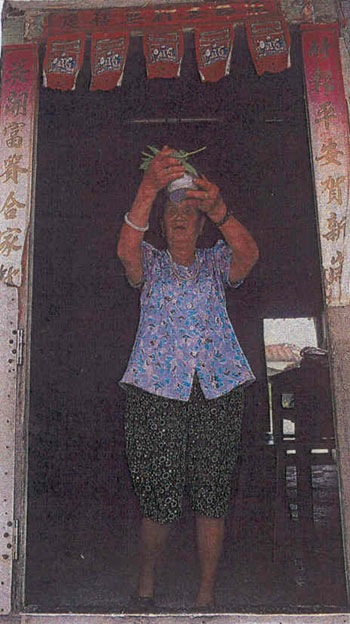
In a Pingpu village of Taiwan a Shamaness sprinkles water with a plant 'to take away someone's fright". Drinking water blessed by her 'Vill keep people out of harm's way". Photo SINORAMA, October 1995.
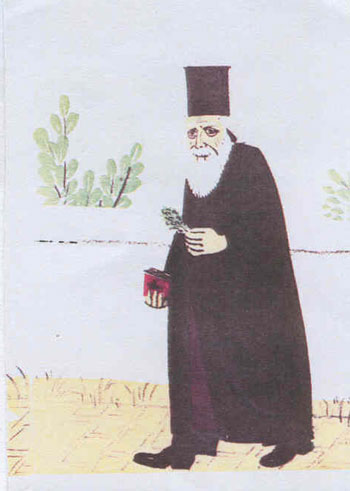
Every year 6 days after the New Year's day Greek-orthodox priests visit every home to purify the house. In their right hand a tin with water and in their left hand a branch of basilikum. They dip it in the water and sprinkle with it every room. The same day people go to church and bring home a bottle with holy water blessed by the priest. They drink it in the morning before breakfast.
The drum to give the start for the battle, for the war dance and for festival days....
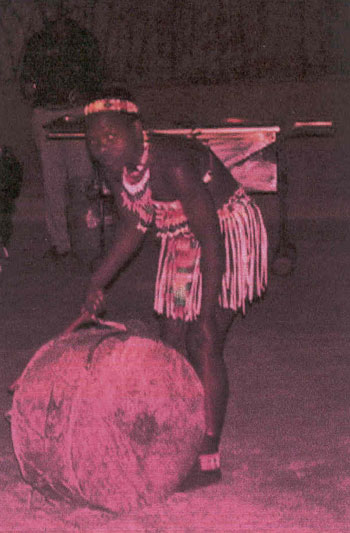
Dance performance for Tourists. The Zulu girl ready to beat the drum.
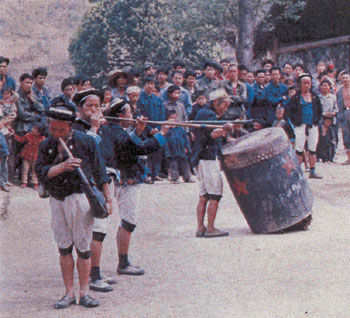
Festival of the Yao minority
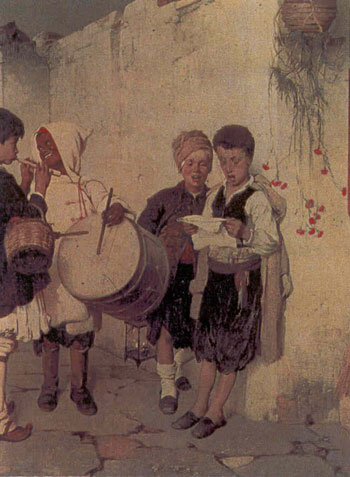
"Christmas Carols" by the famous Greek painter N.Lytras (1832-1904).
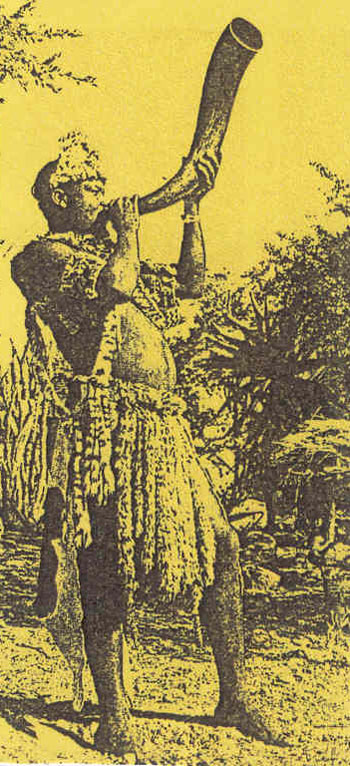
A Zulu in S. Africa.....
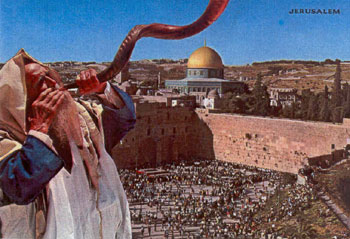
...and a Jew in Jerusalem.
"Sayonara" (flip-flop) sandals between the first and the second toes. An -X- on the breast for carrying things on the back....
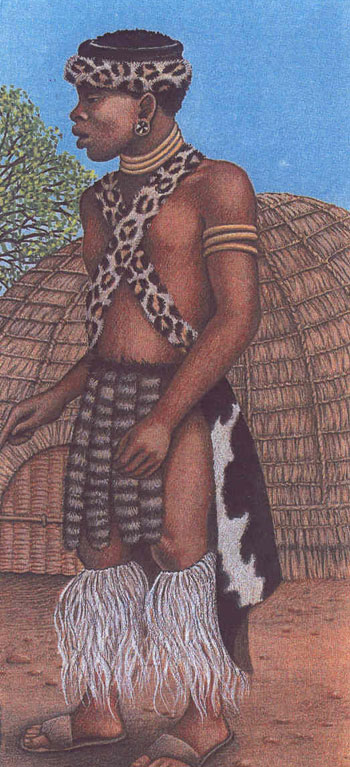
Shaka with flip-flop sandals. Photo from the book of Diane Stanley.

Statuette made of silver and gold. 3rd mill. BC. From Hasanoglou. Ankara Archaeological Museum.
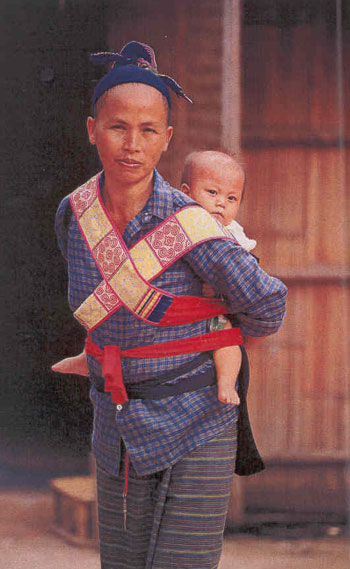
A young mother in Laos.
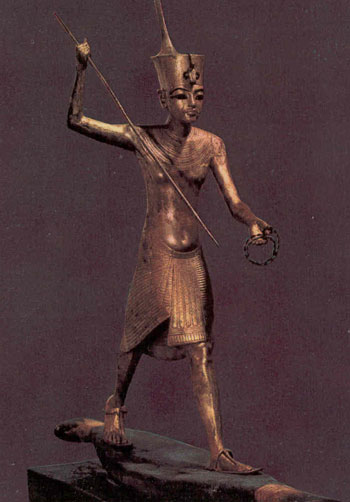
Tutankhamen fishing wearing flip-flop sandals. 18th d. Cairo Museum.

Marble grave statue of Phrasikleia holding a lotus bud and wearing flip-flop sandals. About 550 BC. Athens Archaeological Museum.
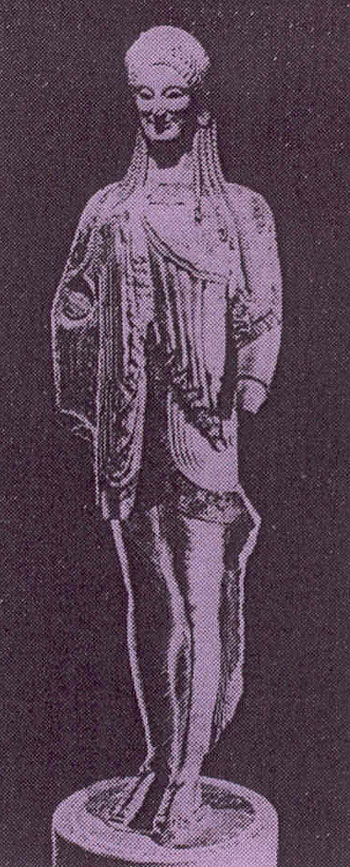
The famous "Pompadour with flip-flops (the only one out of 16 Korai in the Acropolis Museum preserving the feet.
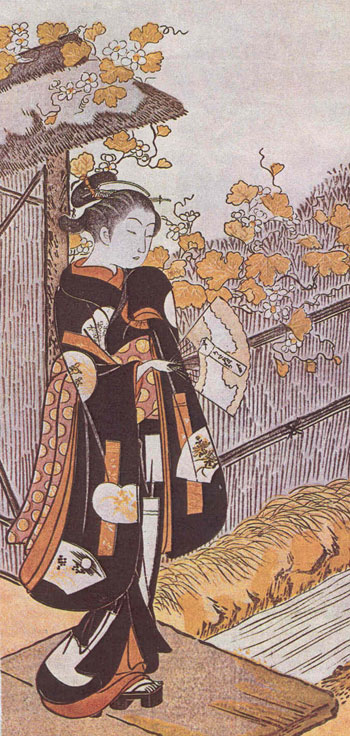
"Woman with fan". Edo period. Painting on wood. Detail. Staatliche Museen zu Berlin.
Zulu and Greek soldiers barefooted.....
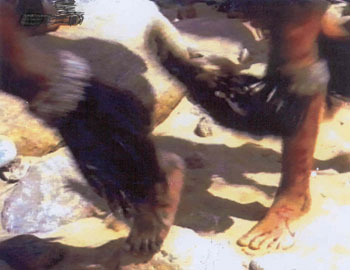
To run faster Shaka ordered his soldiers to run without sandals, something that most probably had learned from the Elders (he consulted the Elders like the American Indians, who also originated from Mongolia). To make the sole of their feet hard he forced them to walk on thorns and who hesitated was executed on the spot. Photo from the videocassette "Shaka Zulu".
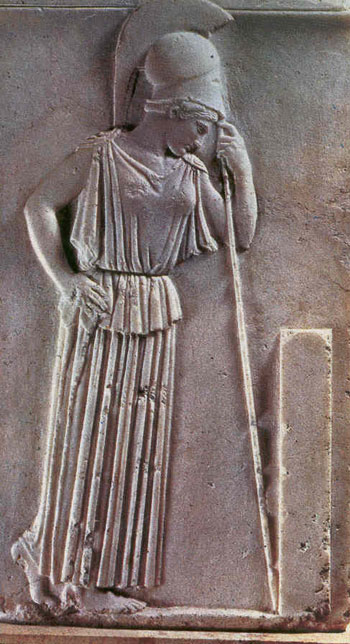
The mourning Athena", marble stele in the Acropolis Museum. Early 6th BC. With helmet and spear but barefooted. The Greek soldiers wore no sandals? The Greeks to enter sacred territory used to take off their shoes like the Budhists and the Moslems that leave their shoes outside the Temple and the mosque? God said to Moses "Where you stand is sacred ground, take off your shoes".
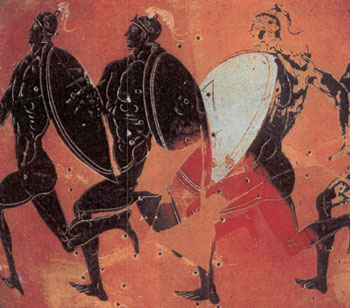
"Hopletodromia" (armed race of the Olympic games) On this vase in the British Museum (about 350 BC) soldiers run with helmets and shields but they have no sandals.
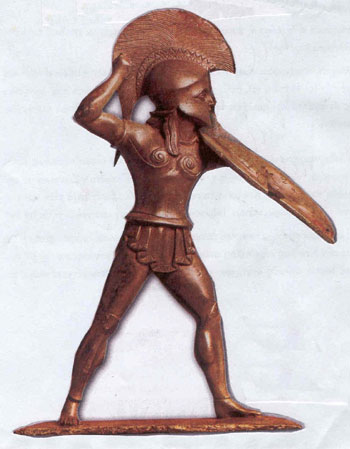
Greek soldier with helmet, round shield, breastplate and chiton and grieves. He wears no sandals.
The battle of Marathon, general Miltiades and the Zulu battle array.....
In the 5th c.BC Athens was divided into 10 tribes and each tribe was represented by a general. Every day one of the generals in rotation was Chief in command but at Marathon the rotation was disregarded and Miltiades was named chief in command because he knew the Persians (he had served in their Army against the Scyths) and he had spent many years in Thrace. Afterwards, books were written to praise his ingenious plan of the battle and to express admiration in his technique. He succeeded in defeating the Persians although they outnumbered the Athenians by thousands. Is it possible that his plan was not an original one and that he had copied it? It may be possible that he had attended a military "Academy" where he had learned many war secrets handed down from father to son. At Marathon "Miltiades decided to strengthen the wings and leave the center weaker,with only a few ranks" (the horns had up to 8 ranks of soldiers and the center only three). The result was that the foolish enemy marched forward and was encircled.Did he invent this "smart" plan or he had learned about in Thrace and Scythia? Today in football games the same war tactics are applied (the horns are stronger than the center).Shaka Zulu used the same plan to defeat an enemy army although, it seems absolutely impossible that he knew about Miltiades. I believe that he learned about this technique from the Elders of his clan. Shaka had 20 men in the center ("head") in 5 groups of 4 the wings, which were hidden by the "head", had each one 2 groups of 15 of the best and swiftest soldiers . This formation of strong horns became characteristic of the Zulu battle array.
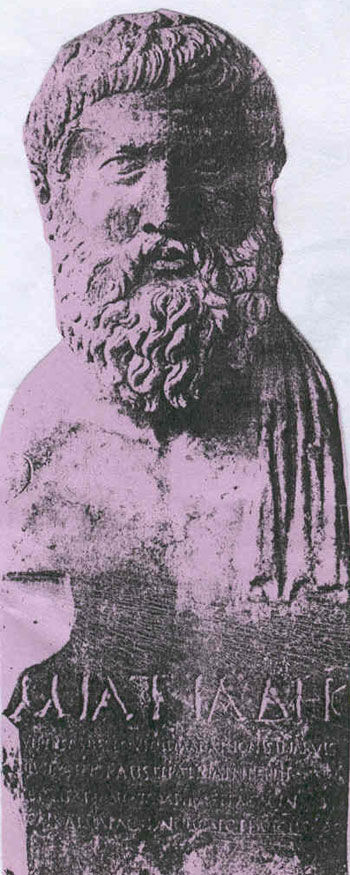
General Miltiades (554-489 BC). won the famous battle of Marathon. Did he invent the plan or it was already known to him?
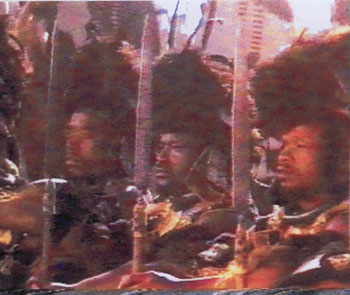
Shakahad generals-councilors who were seated next to him. The mediaeval Japanese King also had generals.
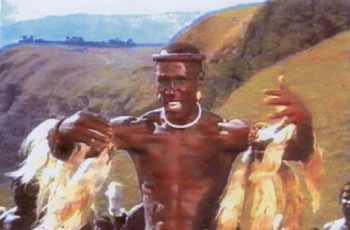
Shaka explaining to his soldiers how they will succeed to defeat a much more numerous army: "The horns will come closer and will encircle the enemy". He split them into three groups-a central, compact, large group with two smaller ones on each flank, deployed into encircling horns. Here was the beginning of the famous central "head" and "chest" formation with the outflung "horns", which became the characteristic Zulu battle array. Similar plan applied Miltiades at Marathon.
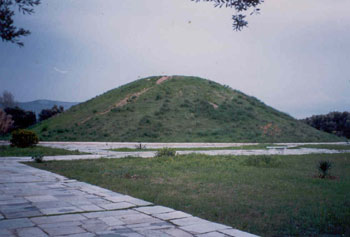
The 192 Athenians that fell at Marathon were buried in a common tumulus. Photo Theresa Mitsopoulou
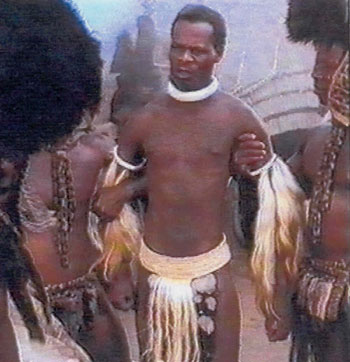
The bodyguards of Shaka wore big black iur hats. Hair from lion manes hung around the arm and waist.
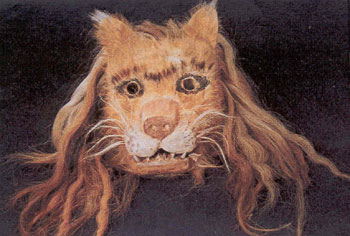
The mountain God of the Manchou had the face of a wild animal. Same kind of hairdo wear Hippis, today.
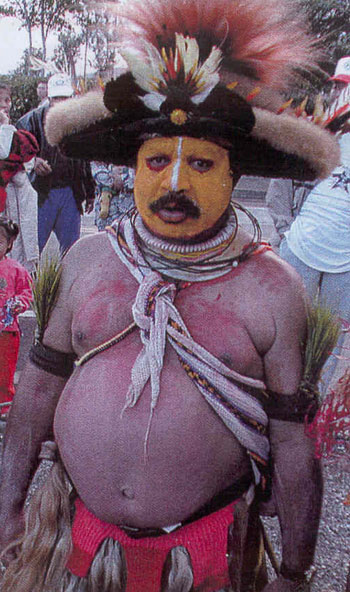
Papua of New Guinea. Around his waist hung "ox-tails or lion hair.
Common origin for fur hats.....
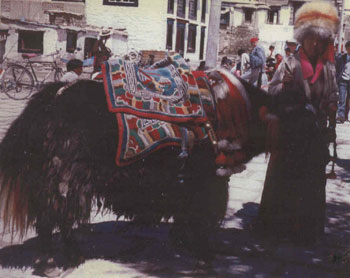
A Tibetan girl with fur hat and her yak in the main square of Lhasa outside the Potala palace. Photo Theresa Mitsopoulou.
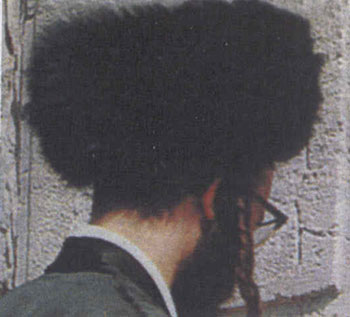
Orthodox Jew with black fur hat
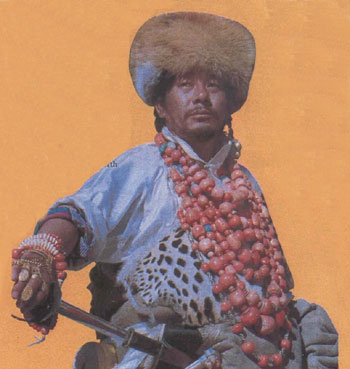
Rich Tibetan heard man with fur hat.
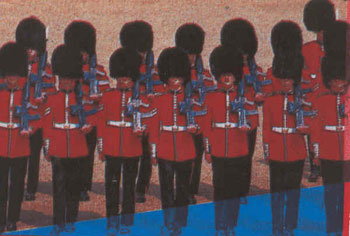
Guards of the Buckingham palace with black fur hats"
Same straw hats in Asia and Africa.....
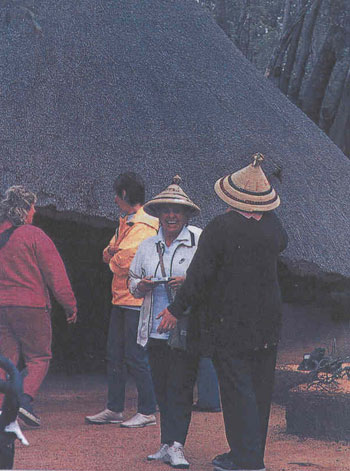
Tourists wearing Zulu straw hats.

Protection from the sun in Bali.
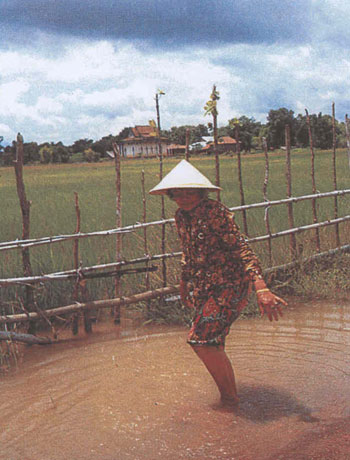
In the rice plantations of Laos.
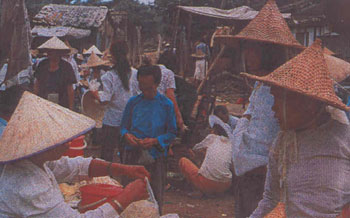
The same kind of hat all over China.
Body stances and acts of respect.....
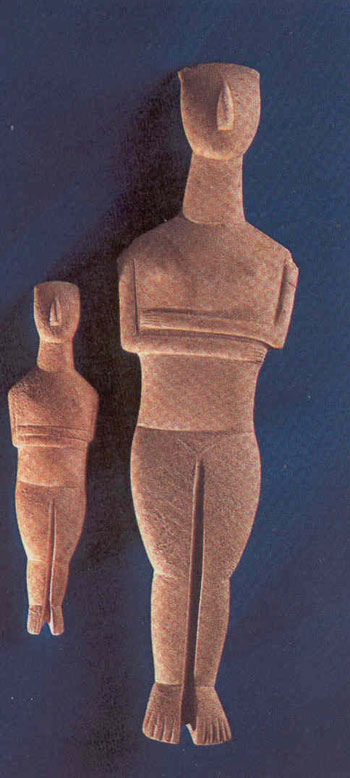
Marble female figures in the N.Goulandris Museum. The right forearm is under the left one like in most cases. About 2,500 BC. The folded arms have been explained as showing respect.
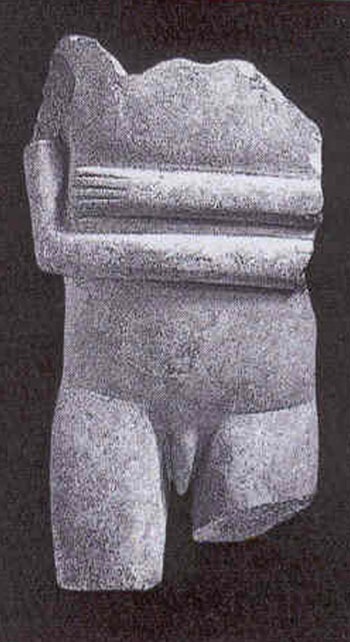
0ne of a few marble male statuettes of the Cycladic art. 3rd m. BC.From Keros. Athens N.Goulandris Museum. The right forearm is under the left one.
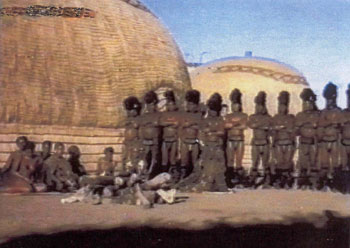
I was astounded to see watching the videocassette Shaka Zulu that his guards and generals had in his presence their arms folded above their waist (the right arm above the left one).
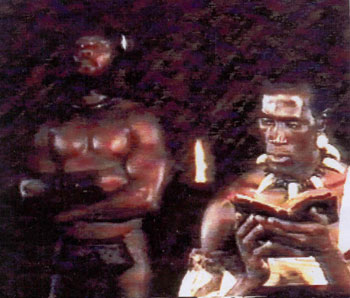
Shaka examining ftie Bible and one of his guards.
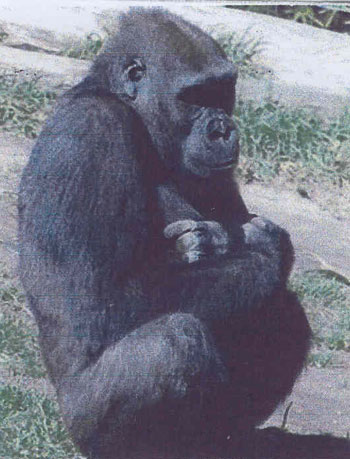
Orangutans often sit with their arms folded on their stomach.
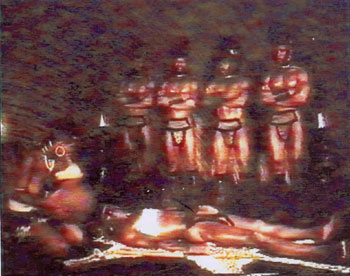
After the attempit to assassinate him Shaka, wounded, lies on a leopard skin in his hut. Next to him his guards and a slave girl on her knees.
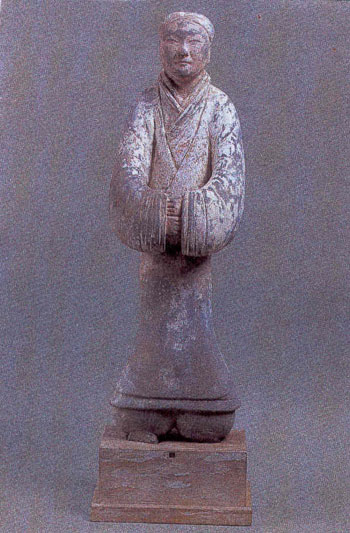
Clay male statue of the W. Han Dynasty in the Benaki Museum.
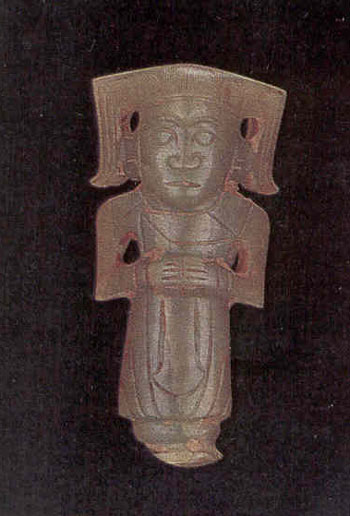
Jade male figure (H. 6,5 cm.) in the Minneapolis Institute of Arts. Late W.Zhou (c.700 BC).
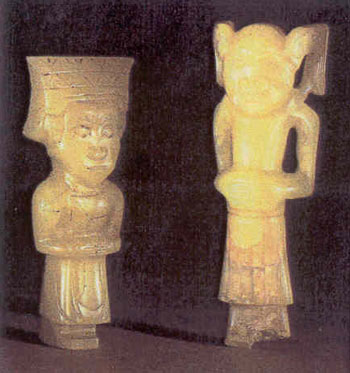
Early Zhou (10th c.BC) jade figures (6 and 7 cm.) in the British Museum.
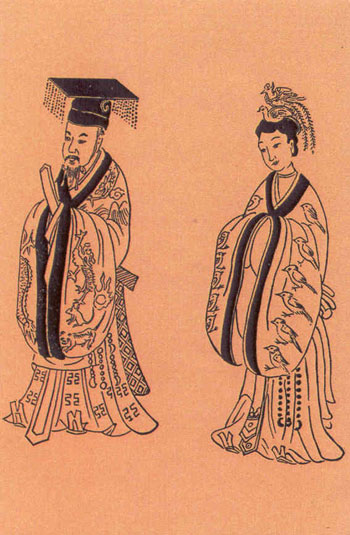
The divine couple". Folded arms next to God. The folded arms of the Emperor and Empress are hidden under the large sleeves.
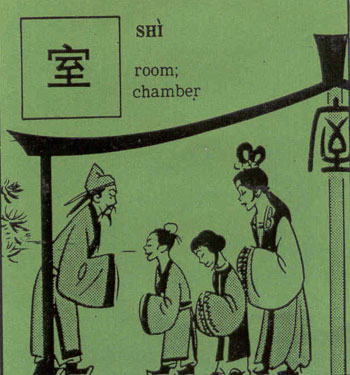
Mother and children have their arms folded next to father.
Folded hands on the breast: The position of the dead.....
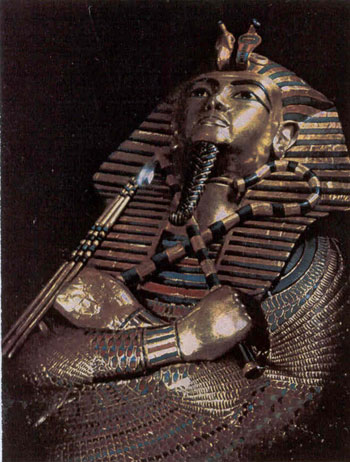
The inner coffin of Toutankhamen. Cairo Museum.
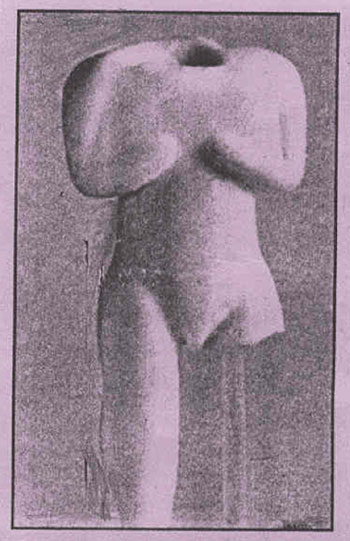
Early Neolithic marble male figure (H.9 cm.) from Knossos in the Herakleion Museum.
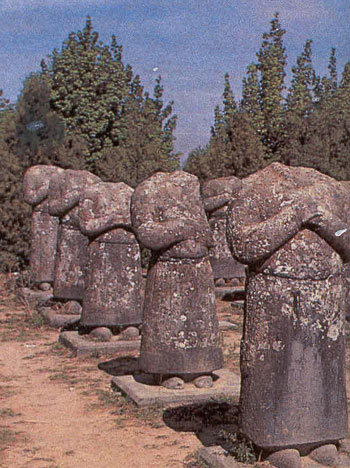
Qian Ling (West of Xi'an).In situ. Foreign visitors to the "Tang court.

Oigur Princes. Wall painting from Bezeklik on the Silk Route. 9th c. (the flowers were added after the death of the Princes).
Hands clasped on the chest and attached across the body.....
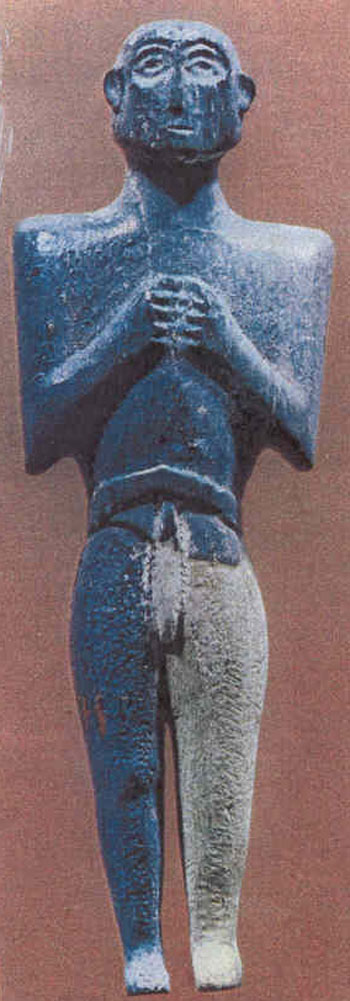
Stone figure in the Herakleion Museum. About 2,000 BC.
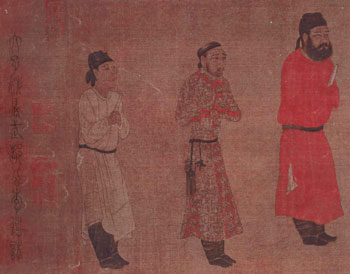
7th c. (Tang) painting on silk. Clasped hands and folded arms next to the Emperor Taizong.
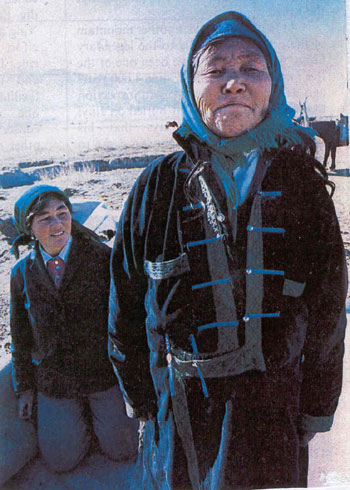
Mongolian women, kneeling and standing with the hands attached across the body. Did these positions originate in Mongolia tvhere there are still practiced today?

The position of the Greek Kouros is known all over the World. In the beginning the feet were on one line like for the militaries today (the left foot forward was to denounce movement),
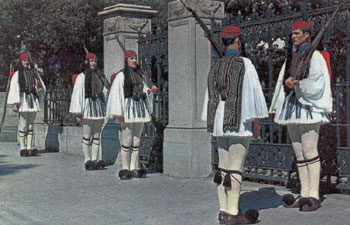
Ex-royal Greek guards in National costume. They stand like the Kouros with the feet on one line and the arras attached to the body.
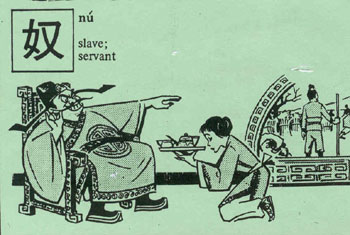
Offering things with both hands extended. "For the public bath of Shaka page boys brought gourds ... and they handed them to Shaka with both hands extended".
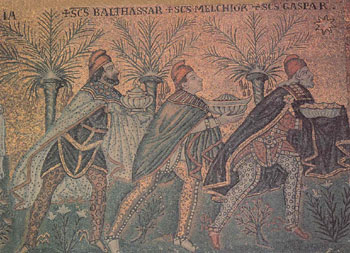
The three Wise men bringing gifts to the baby Christ. 6th c. mosaic from Ravenna (St. Apollinarius).
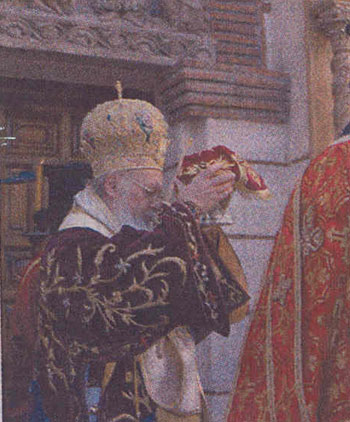
The Greek-Orthodox Patriarch in Havana in 2004 inaugurating the Greek-Orthodox church holding the Holy Communion with both hands.
Taking off the hat and kissing the hand.....
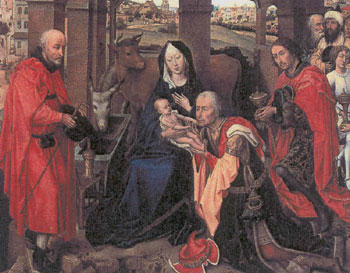
The three Wise men visiting the baby Christ took off their hats. Painting by Roger van der Wenden. 1450. London Mansell Collection.
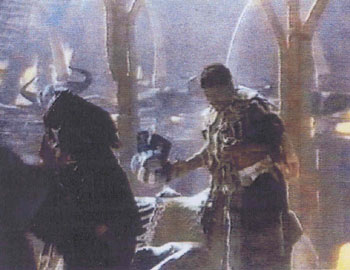
When Shaka assassinated, one of his Generals took off his hat next to his dead body.
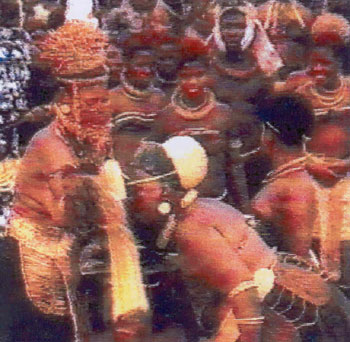
Zulu girls kissing the hand of the new bride of the King (Shaka's father).

Prince Charles of Wales kissing the hand of his mother Queen Elizabeth
Kneeling out of respect.....
"And Jesus was withdrawn from them about a stone cast, and kneeled down and prayed, saying, Father...". St. Lucas 22,41.
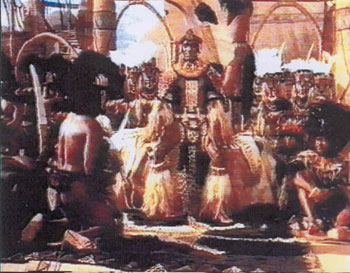
Guards with big black fur hats kneeling and squatting next to Shaka.
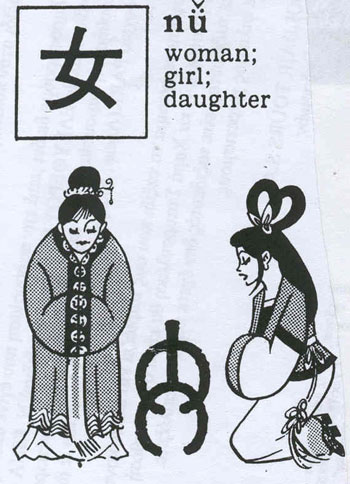
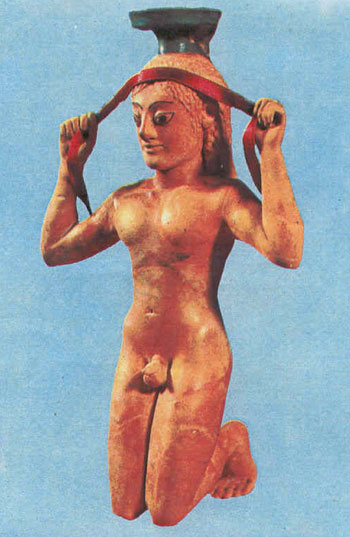
Clay 4m c. BC statuette of an athlete in the Agora Museum putting the champion's red band on his head.
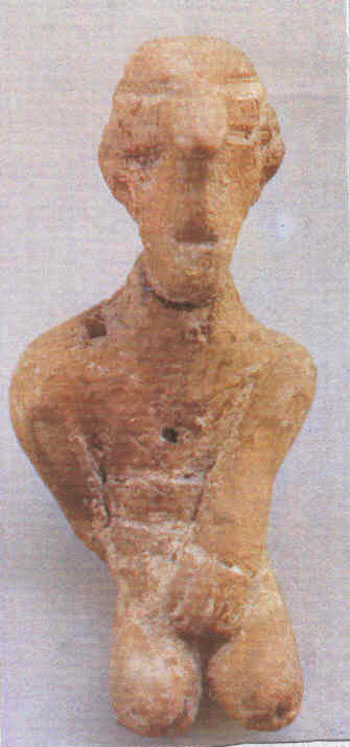
Clay figurine from the Neolithic settlement of Dispilio (Kastoria).
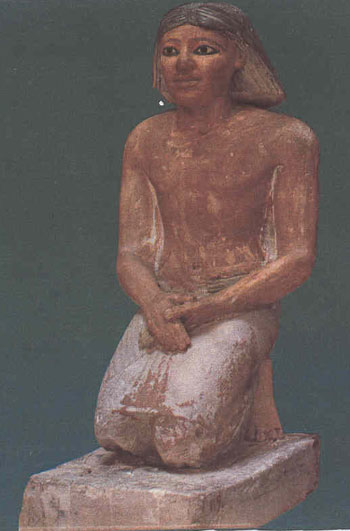
"Painted limestone of a Scribe or Priest (about 2,500 BC) in the Museum of Cairo.
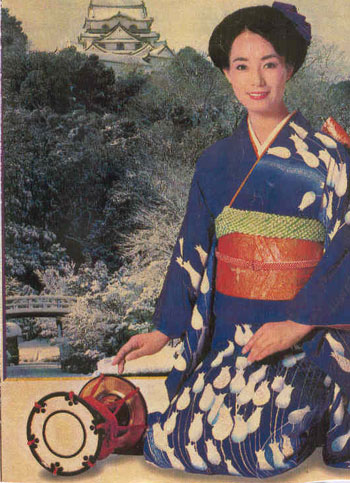
Japanese girl with a hand drum.
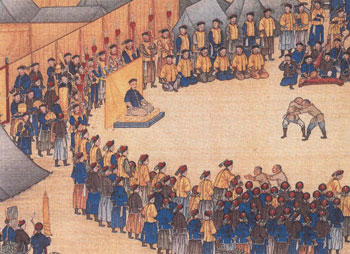
Emperor Qianlong watching two boxers. Painting on silk. Paris Guimet Museum.
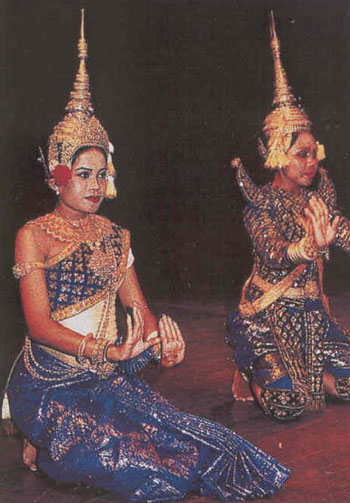
The Royal Ballet of Cambodia
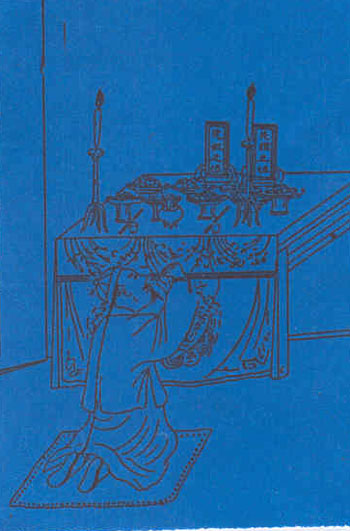
A Chinese praying next to the Ancestor's tablets
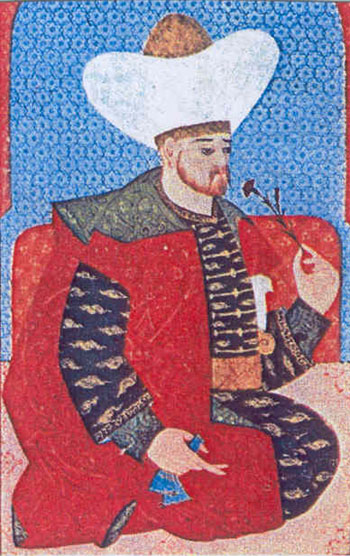
The Sultan Bayazit A' (1389-1402) 16" c. manuscript. Istanbul, Top Kapi Library.
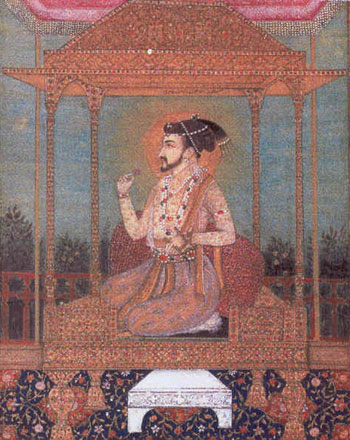
The flower means that they were dead.
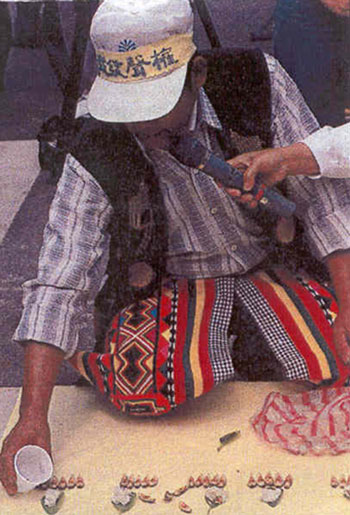
Taiwan aboriginal, a Puyuma Shaman.
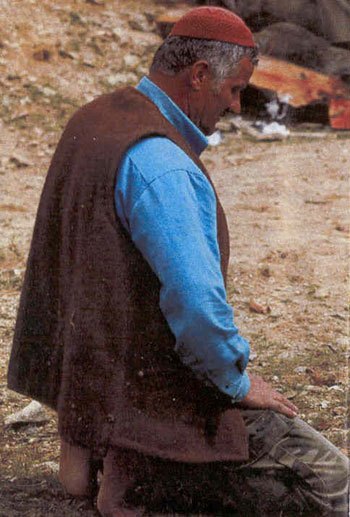
A Moslem of Thrace (Pomakos). They stick to the old traditions and they pray on their knees 5 times per day.
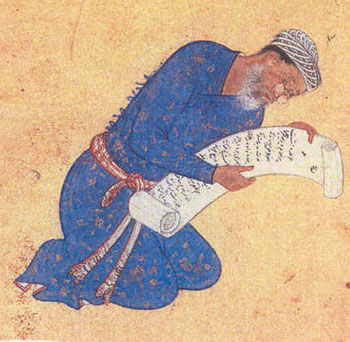
Indian miniature (1565). Paris Guiraet Museum.
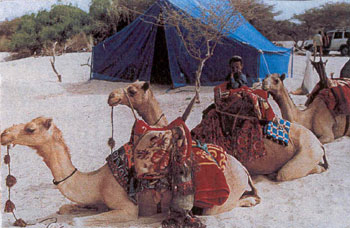
Camels
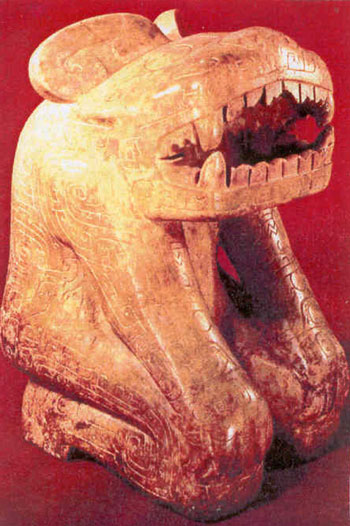
Sculpture from Florida (1,200 AD.) in the MNH, Washington DC.
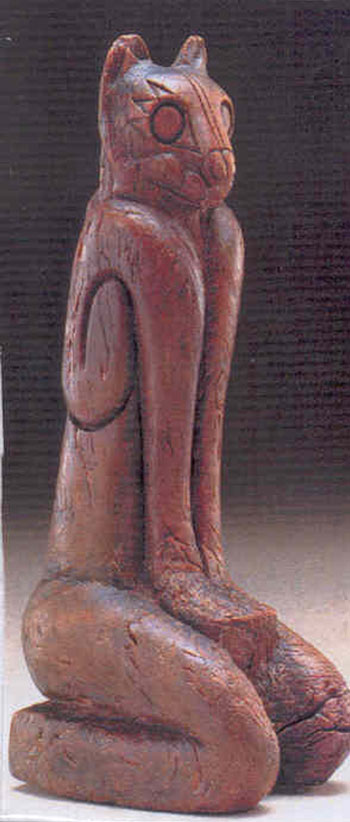
A tiger-man in the Academia Sinica of Taiwan (16th c.BC)